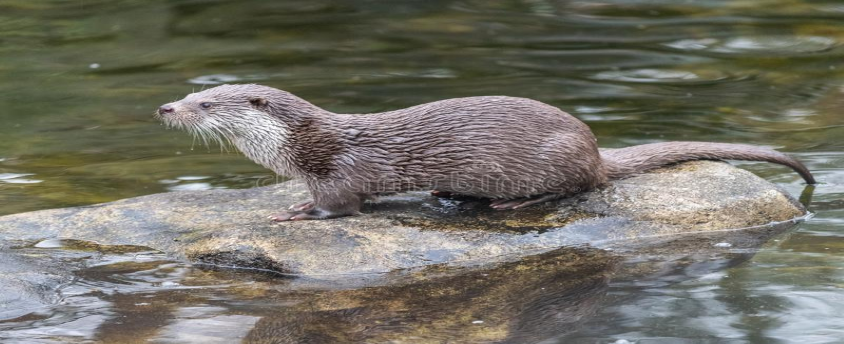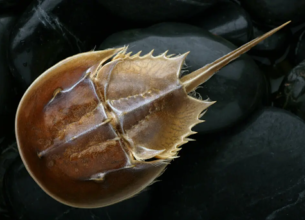Eurasian Otter
17, Mar 2023

Prelims level : Environment
Mains level : GS-III Environment; Biodiversity
Why in News?
- The first photographic record of the Eurasian Otter was caught on the infrared camera along the Neeru stream in Jammu and Kashmir.
Eurasian Otter:
- Eurasian Otter (Lutra lutra) is an elusive semi-aquatic carnivorous mammal species.
- The Eurasian Otter has one of the widest distributions as its range covers three continents (Europe, Asia and Africa).
- In India, Eurasian otters are found across the northern, northeast and southern parts of India.
- The Eurasian Otters have short limbs, brown fur, and sensitive whiskers near the snout that help detect prey.
- They also have webbed feet and claws and the ability to close the small ears and the nose when underwater which has helped them adapt to an aquatic lifestyle.
- Eurasian Otters are usually nocturnal in nature and can be found near freshwater environments such as lakes, rivers, streams, marshes, and swamp forests.
- The diet of Eurasian Otters includes fish, crustaceans, amphibians, birds, eggs, insects and worms.
- Eurasian Otter is regarded as a flagship species and an indicator of high-quality aquatic habitats.
Conservation status:
- IUCN RedList: Near threatened
- Wildlife Protection Act, 1972: Schedule II
- CITES: Appendix I
Neeru stream:
- Neeru river is located in Jammu and Kashmir.
- The Neeru stream is a tributary of the Chenab river.
- Neeru is a 30-km perennial stream that originates in the Kailash Lake at 3,900 metres above mean sea level and drains into the Chenab at Pul-Doda in the Doda district.
- The presence of Eurasian Otters is encouraging for the health of the Neeru stream.







